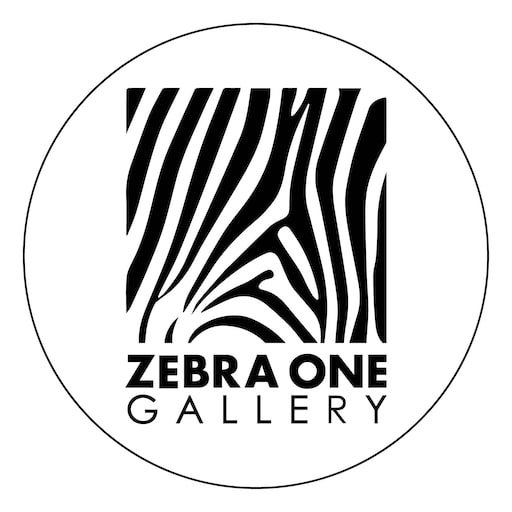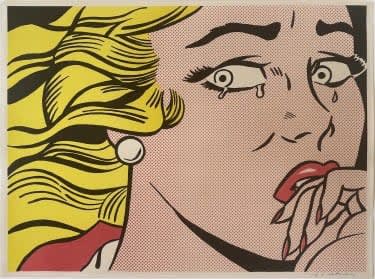I'm not really sure what social message my art carries, if any. And I don't really want it to carry one. I'm not interested in the subject matter to try to teach society anything, or to try to better our world in any way. ”
At the start of his artistic career, Lichtenstein painted themes from the American West in a variety of modern art styles; he dabbled in 1957 even in Abstract Expressionism, a style he later reacted against. His interest in the comic-strip cartoon as an art theme probably began with a painting of Mickey Mouse and Donald Duck he made in 1960 for his children.
Although he was initially dissatisfied with his technique and uncomfortable with direct appropriation, he took great pleasure in presenting well-known comic-strip figures in a fine art format. He increased the size of his canvases and began to manipulate to his own ends the graphic and linguistic conventions of comic strips dealing with such genresas romance, war, and science fiction. In the style of comic strips, he used words to express sound effects. He developed a detached, mass-produced effect by outlining areas of primary colour with thick black lines and by using a technique that simulated benday screening (a dot pattern used by engravers).
Lichtenstein’s first one-man show, held in New York City in 1962, was a great commercial success, and his innovative work found an international audience. In 1966 he became the first American to exhibit at London’s Tate Gallery.
Lichtenstein continued in this vein for much of his career, and his artworks are readily identifiable by their comic-strip characteristics. Nevertheless he extended these techniques into clever and thought-provoking meditations on art and popular culture. After the 1960s, Lichtenstein’s works began to include still lifes and landscapes, and they were a dramatic departure from his earlier style in their use of brushstrokes as well as in their subject matter.

